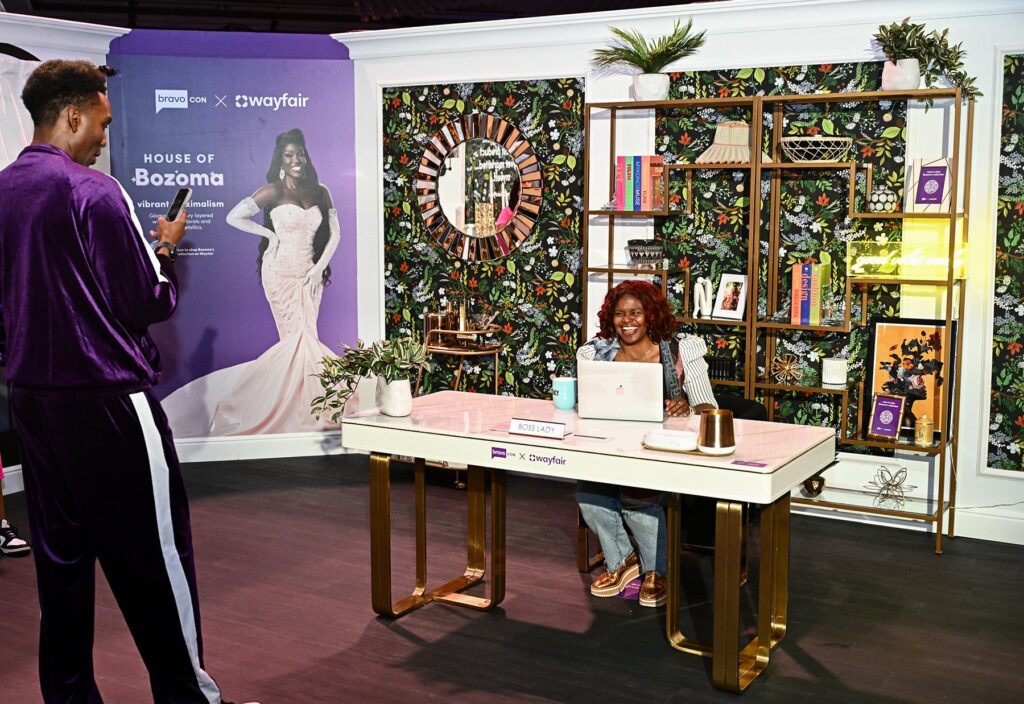Strong catalog creative, from compelling imagery to easy-to-read typefaces, is an essential component of effective branding, Glenda Shasho Jones, president of New York-based consultancy Shasho Jones Direct, said at last week’s New England Mail Order Association spring conference.
The customer should be able to immediately figure out the catalog’s niche by looking at the catalog. “You have to put a face on the brand,” Jones said. That means presenting imagery that exaggerates the difference between the brand and its competitors. Many of the most successful catalogs in the industry made a name for themselves using this strategy, she said. “J. Jill owns relaxed mood,” Jones pointed out, referring to the Quincy, MA-based women’s apparel cataloger/retailer. “When they first came out, they looked different from everyone else.”
A cataloger knows its brand has been effectively differentiated if it is hard to copy, she continued, noting that Ventura, CA-based outdoor apparel manufacturer/marketer Patagonia features full-bleed outdoor action shots on its cover, such as skiers working their way down black diamond trails, that you won’t find on many other catalogs. “Patagonia owns adventure,” Jones said. “What they do is hard to copy.” She said that strong differentiation in the catalog translates into strong branding. “The harder it is to copy, the stronger it will be.”
Sometimes a cataloger sets itself apart from the competition by the quality of its photography, Jones said, using home and garden products catalog Frontgate as an example. “The photos in Frontgate are all location shots, high end, aspirational,” she said. Other companies that have mastered the art of the aspirational photograph are Philadelphia-based women’s apparel and home decor cataloger/retailer Anthropologie and Brookfield, WI-based Penzeys Spices.
Coupled with the quality and styling of photographs, brand building through visuals means the careful use of models, an element whose importance shouldn’t be underestimated. “Models are more important than you think they are,” Jones said. “Play to what your customer wants to look like. You have to know who your customer is and reflect that aspirational self.”
Beyond the pleasing visuals, the copy should be more than one-dimensional sales pitches; Jones said it should illustrate expertise on the merchandise categories being sold: “Make yourself an authority. Elevate your status beyond merchant or store to expert.” For the customer’s convenience, however, editorial copy should be distinguished from selling space—for instance, by the use of text blocks with a tinted background.
Devices such as columns and grids can also make content easier to wade through. For those with copy blocks that amount to long paragraphs, Jones recommended breaking up the text through the use of headlines and subheads.
On the subject of type fonts, Jones said that readability is key. That means selecting serif fonts, which she said score higher in reading comprehension tests than sans serif typefaces, avoiding reverse type, and eliminating copy printed in all capital letters.
A cataloger’s ability to achieve these goals depends, of course, on the quality of its creative team. While excellent outsourced creative teams can be formed, Jones said that the ideal option is an inhouse art staff. “It’s better if they are working on staff,” she said. “If they are on staff, they really learn to embody the brand.”





